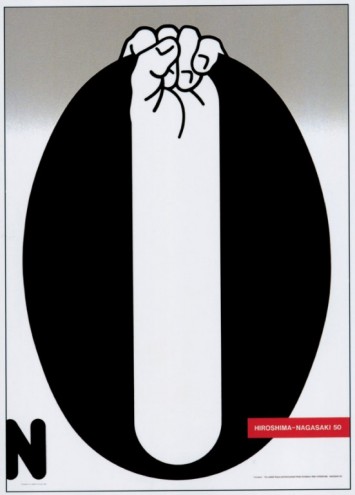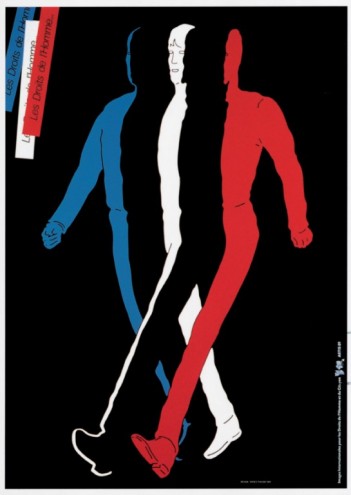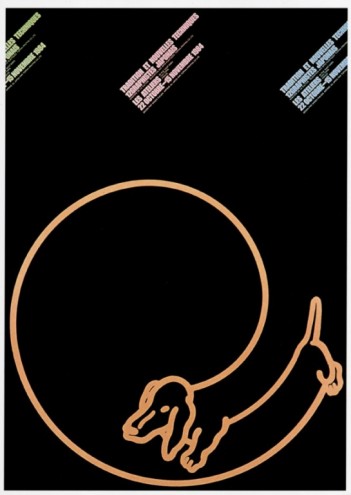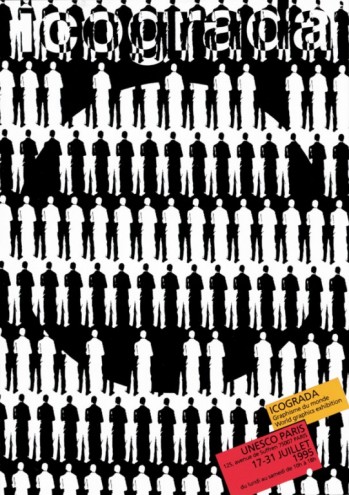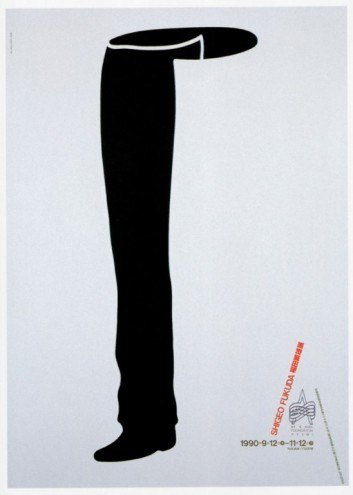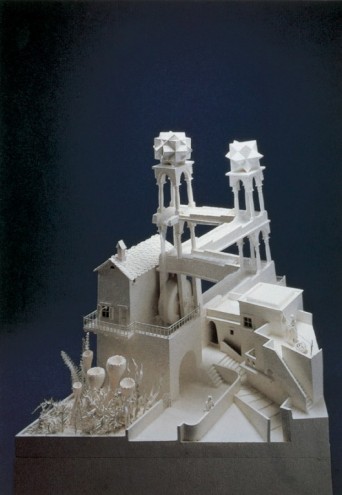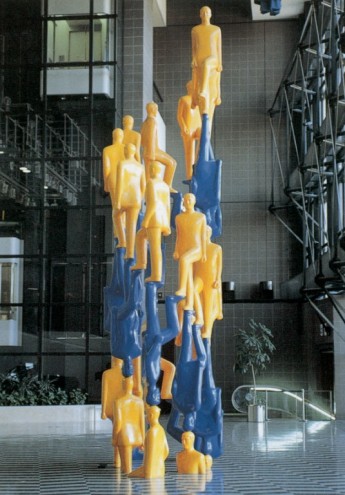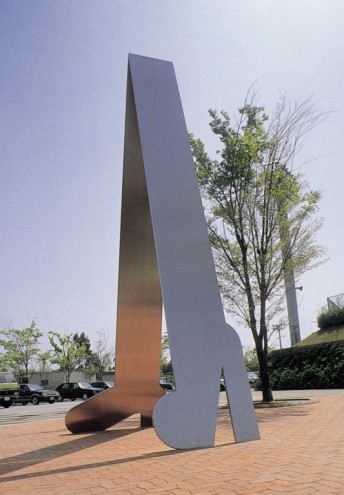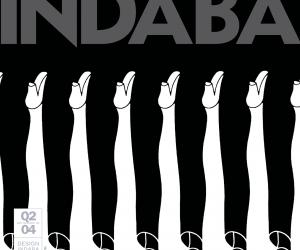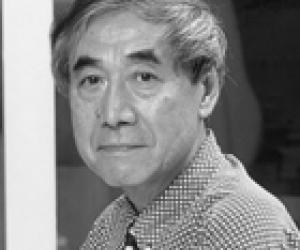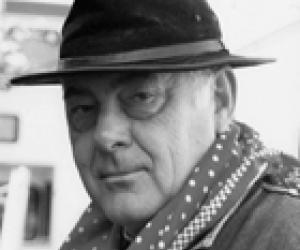First Published in
Fukudasan, thank you for making the long-haul to Cape Town. We have been inspired by your presentation, and in appraising the delegate questionnaires we can confirm that you were one of the most highly rated. The abiding feeling that we have in looking at your work is a sense of fun - of someone who has transformed his pastime and hobby into work. How have you maintained this level of joy and fun, over all these years? What is the secret? You can teach burnt-out graphic designers a few things, as you have sustained your standard of work over 50 years!
I hope I can accurately answer your question.
Not only graphic designers but also all those engaging in creative jobs (music, literature, arts, etc) seem to think that their ability, possibilities and own individualities cannot be created by themselves. The individuality of artists seems to be created by creative people of the same generation. We can see the creation that pioneers left for us, but we cannot predict the talents of followers.
If you are wondering what you can't do and what you should do, you can find the answer in the work done by colleagues of the same generation. If you start thinking about what the others don't do and what the others don't think and if you are using the skill that the others don't use, I think you will find a way you should follow. Then the individuality can be expanded towards schools, cities, countries and the world. Thinking internationally is also important. "The core" enabling us to communicate with people from different cultures and different customs in the world is to know "the heart" which is commonly shared by human beings. I believe that human feeling consists of "delight", "anger", "sorrow" and "pleasure". I apply "delight" and "pleasure" in my work as the subject of my design.
Most of your work is a wonderful interplay of bold graphics, optical illusions and humour. Alan Fletcher may well say that you are blessed with the "art of looking sideways." This is a recurring theme over your entire body of work. How is it that you came upon this distinctive method?
Although we use the words "visual communication" easily in our everyday life, in fact this is the issue of human visual sense and visual power. When I was thinking how my poster is viewed by people and how I can make my poster attract many people, I concluded that our vision is unstable, which creates visual illusion and sensory illusion and that has not been evolved since the Stone age. The nature of visual illusion has not been taken seriously in the field of art education but has been in the field of psychology. Sensory illusion has been studied by many people; there are many discoveries, theses on this subject. But sensory illusion remains only a theory and it has not been applied. My design theme is seeking for visual sense as an interesting design element, which is the most important sense the profound human being possesses.
What was your experience of the Design Indaba? How can we make it better?
Design Indaba must create something which is only obtainable at Design Indaba. In other words, Design Indaba must look for the wisdom of future design. Creating an international exhibition or contest for (functional) design with the theme of animals, for example - elephant shaped teapot, monkey shaped hanger - will help the promotion of South African design. I think you need some sort of international design contest in the vanguard.
What would your advice be to young designers in the emergent South Africa?
Firstly think of what the design (function) is for South African life. Thinking of the design beyond the level of folk craft for souvenirs for foreign visitors will create something new.
I have just written my opinion freely as far as it comes naturally.
I wish Design Indaba every success.

